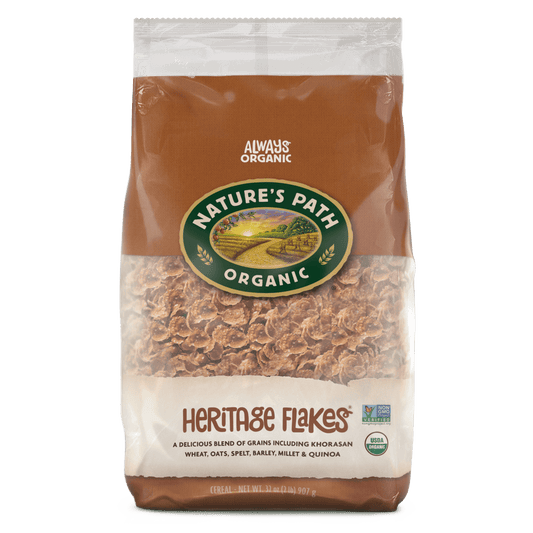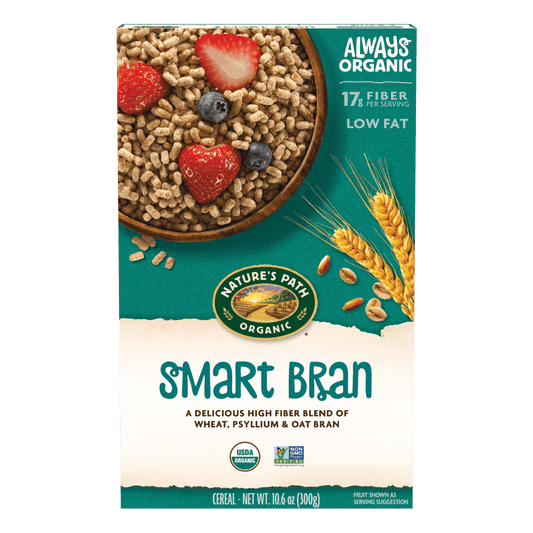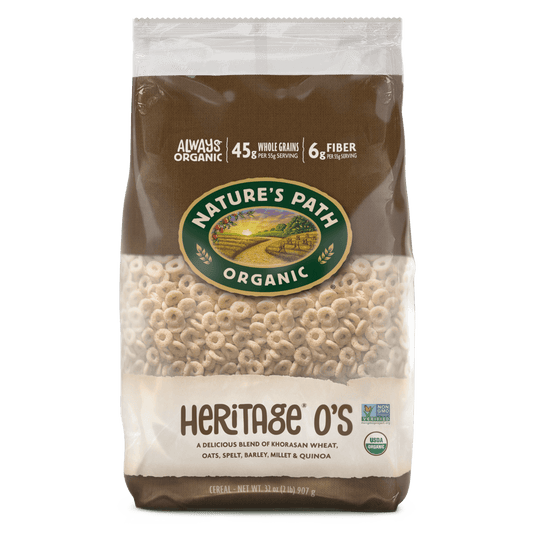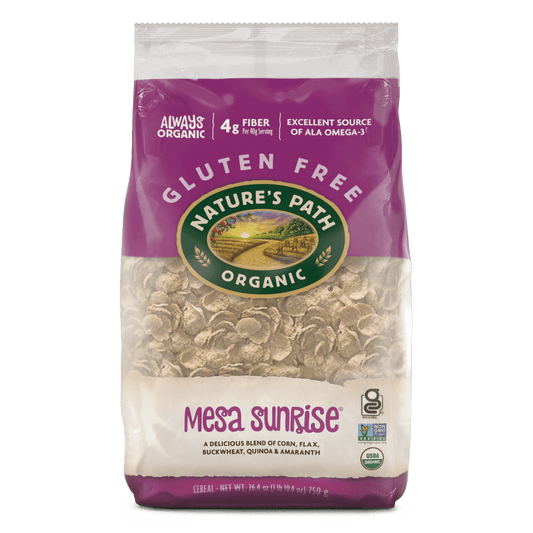Would you like to be the first to hear about our new products and more? Sign up for our Nature’s Path Newsletter.
Irrigation Systems for Your Garden
Plants, like humans, need water to survive. If you're a new gardener, upon planning your garden you need to figure out a way to irrigate it. You can water by hand if you don’t have a large garden, or if you have the time. Most people would rather water it all at once, though, so an irrigation system is more practical.
Before you plant anything, put the irrigation in place. You will save yourself some headaches and frustration by not having to work around new plantings. Make a plan, add the irrigation, then plant!
The simplest and least expensive irrigation is a soaker hose. Water seeps through tiny pores throughout the whole length of the hose, and the soil slowly absorbs it. Place the hose on top of the soil and cover it with mulch to conserve water by reducing evaporation. When you want to water, attach a garden hose to the end, and open the spigot. Depending on your water pressure, you may not need to turn it all the way up. If you don’t want to fiddle with it, add a pressure regulator at the spigot. Adjust the settings for your water pressure, and forget about it.
The benefit of a soaker hose is that it is flexible. You can wind it in and around plantings, which is handy when you change the plan in your vegetable garden each year. You can connect separate beds with it by adding short pieces of garden hose between each bed. This way, you are only watering what needs water - further reducing waste, and keeping the paths dry and weed-free.
Drip irrigation is more elaborate and not quite as flexible. It works well for foundation plantings, perennial beds, and trees and shrubs. It can be buried 6” down, or placed on the surface, and covered with mulch to conserve water.
Irrigation tubing is put in place, and emitters are inserted in small holes and placed at the base of the plants. Water seeps to the immediate root zone, not soaking the entire garden. Small plants need one emitter, and trees and shrubs would need more. This system can also be used to water a series of containers. Run a tube near them, and place one emitter in each pot.
Consider drip tape if your garden consists of long, straight rows. Lay it alongside your crops. Holes are spaced at short intervals to allow water to slowly drip into the soil.
Drip irrigation can be a DIY project, especially if it doesn’t cover too large an area. You may want to contact an irrigation installer or landscape contractor if you have a large yard or would like a permanent set-up.
Always use mulch to conserve water. Weeds will compete with your plants for water, so be sure to keep your garden weed-free. Water deeply to encourage strong, deep root growth. This is much healthier for plants than quick, frequent watering. In the fall after-garden clean up, roll up your soaker hoses or drip tape, or have a permanent system drained.
Whether you water by hand, set up a frugal DIY system, or have a professional install an irrigation system for your entire yard, your plants will be happier and healthier, with fewer diseases and pests. Irrigation is a worthwhile investment!








